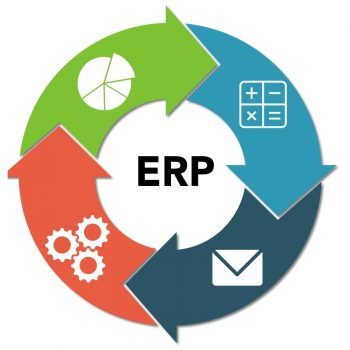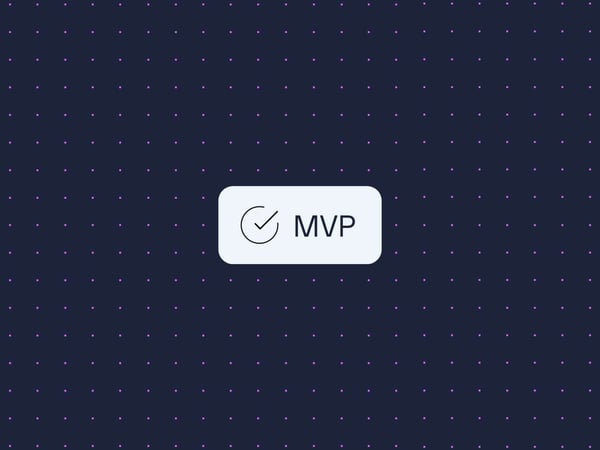ERP is software for managing business processes in finance, production, warehousing, reporting, and so on. In Swedish, we often speak of business systems as being an IT system that takes care of a company's information management, and meets the need for management and administration. The system collects the company's common transaction data centrally, from several different sources; which eliminates the risk of duplicate data. With a secure and central data warehouse, everyone in the organization can be sure that the information is correct, current, and complete.
When the organization's data and processes are gathered in a ERP system, the company can coordinate the departments and improve workflows; which provides better transparency in the business, facilitates collaboration, and provides lower costs - to name but a few benefits.
The Role of the Business System in E-commerce
As an e-retailer, you want to give your customers good conditions to easily and efficiently find products, and the right information; and make it as easy as possible for them to order and make their payment directly on the web. This is where the business system comes into the picture. It’s always in the background, like a hub, to streamline the business processes that take place. By integrating your ERP system with your e-commerce site, many processes are facilitated. You get a better idea of availability; and can immediately inform customers, if a product is out of stock. Orders placed on the web go directly into the business system, and on through the various processes for delivery and accounting.
A common framework is that the ERP system provides all the basic data about products, customers, and transactions; while the e-commerce platform temporarily stores and enriches the data, for faster access from the online store. The business system simply provides the e-commerce platform with the basic information the customer needs: e. g. price information, stock balances, delivery status, and order history. On the e-commerce platform, products can then be enriched with texts and images; and business rules, in the form of pricing, accessibility logic, promotions, accessory logic, etc., can be applied.
Different data is updated at different intervals, depending on how often the data changes, and how important it is that it is synchronized between the different systems. This can be anything from real-time checks of (for example) stock balance, at checkout; to weekly or monthly batch updates between the systems.
E-merchants who work with large catalogs of supplier articles can choose not to burden their ERP with these articles, but let the e-commerce platform be the master system for the expanded range. In such a scenario, the articles are created in the business system, only when there is a transaction linked to the articles in question.
See to it that your business system meets the need of high availability. It is important, nonetheless, that there is no direct dependence on the business system being "up", in order for e-commerce to take place. E-commerce’s core - order management and payment - must work, even if the underlying systems are not available! Any down-time for upgrades and maintenance must not lead to down-time for the customer.
Questions to be mindful of, regarding business systems (ERPs), in the procurement of an e-commerce platform:
1. Can your existing business system be integrated into the platform?2. Is there more than one such support system?
3. What are your requirements for how often data should be sent between the systems, and what are your requirements for monitoring data transmission?
A high degree of detail is required, regarding the specification and documentation of these integrations.



